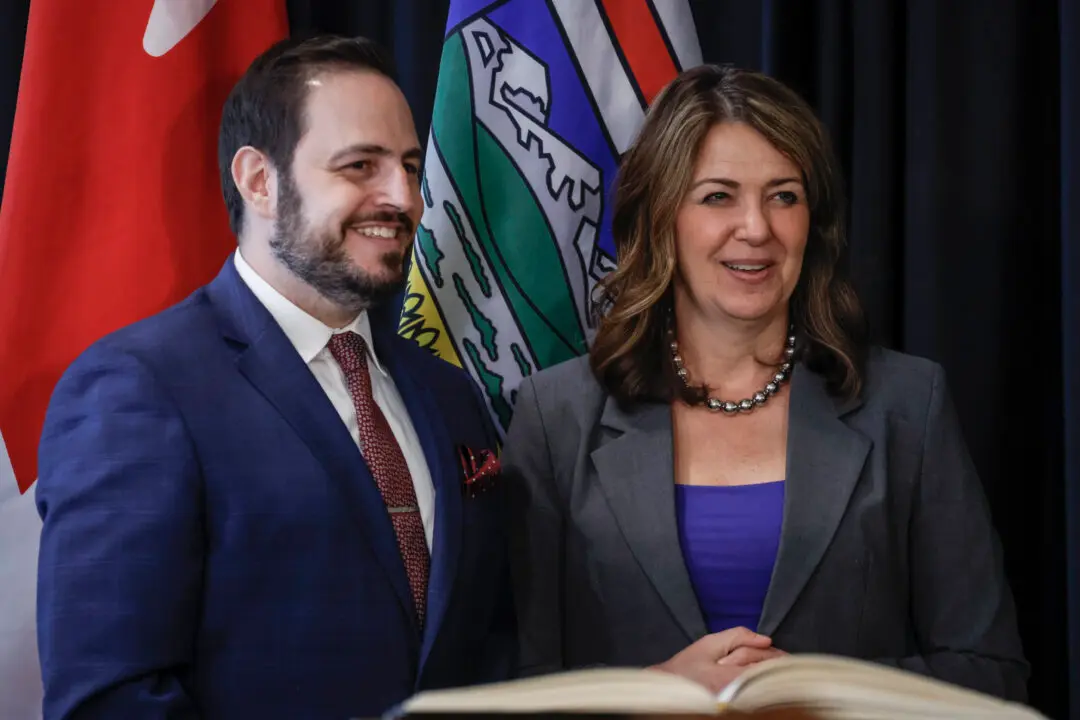New spending commitments from the throne speech will add more debt, increase fiscal challenges, and create bigger government without necessarily helping the economy, according to the Fraser Institute think tank.
In Wednesday’s throne speech, the Liberal government announced its plans to use “fiscal firepower” to support Canadians and businesses through the pandemic and “create a stronger, more resilient Canada.”





